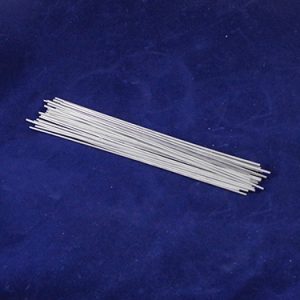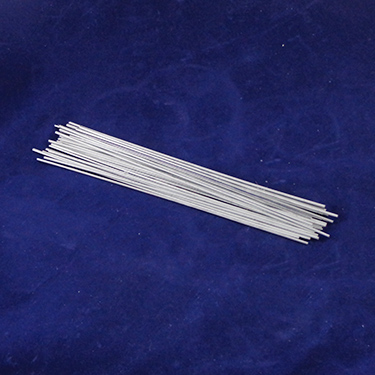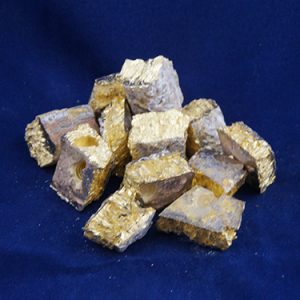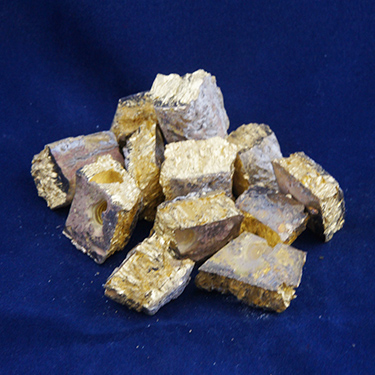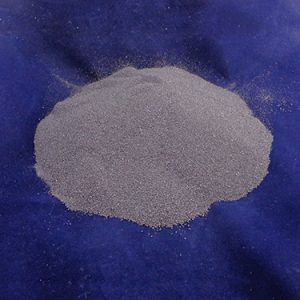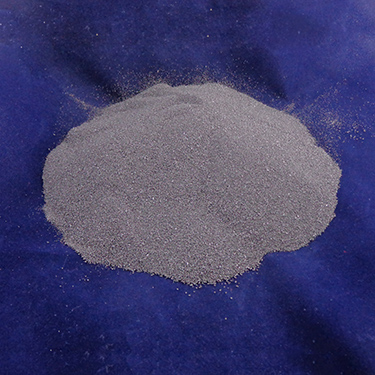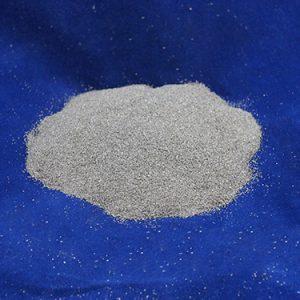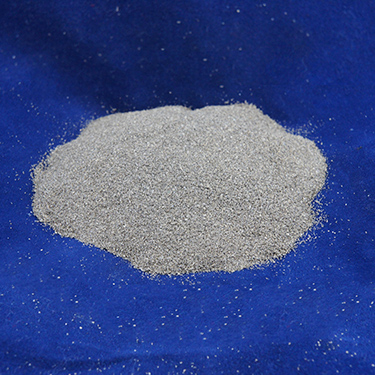Soldering is performed in a wide range of industries including plumbing, electronics, heating/AC and manufacturing processes. Selecting the right solder is based on many factors including the solder’s melting temperature range, the properties of the soldering wire for the application, bonding capabilities, and the strength and hardness of the solder. Tin lead wire is a…
Featuring Holtite Alloys and Miter-Al-Braze Alloys for Aluminum Metal Joining
Brazing is a metal joining process whereby a filler metal is heated above the melting point and distributed between two or more close fitting parts by capillary action. The filler metal is brought slightly above its melting ( liquidus ) temperature while protected by a suitable atmosphere, usually a flux. It then flows over the base metal ( know as wetting ) and is then cooled to join the workpieces together. It is similar to soldering, except the temperatures used to melt the filler metal are higher for brazing.
A variety of alloys are used as filler metals for brazing depending on the intended use or application method. In general, braze alloys are made up of 3 or more metals to form an alloy with the desired properties. The filler metal for a particular application is chosen based on its ability to: wet the base metals, withstand the service conditions required, and melt at a lower temperature than the base metals or at a very specific temperature.
Applications: Joining material within the Aluminum family of alloys.
Forms: Cast Strips or Powder, special shapes available upon request.
Read More
Showing all 9 results
Featured products
-
Belmont MAB ( Miter-AL-Braze ) rod is an effective and efficient joining material. Our regular version is harder and stronger than the MAB II Hi-Test that we also offer. Most users find the No. 1 Regular to be effective for general purposes. The strength of an MAB joint in many cases is as great as that of a brazed joint and this material is most commonly used for joining aluminum pieces. Forms: - 1/8" x 18" Cast Strip
- 1/8" x 12" Cast Strips
- 1/8" x 18"Cast Strips
- 3/16" x 18" Cast Strips
- 3/32" x 18" Rods
- 3/32" x 36" Cast Strips
- 3/32" x 36" Cast Strips
Belmont Product Code 8934 Nominal Composition: - Proprietary
-
Belmont MAB ( Miter-AL-Braze ) rod is an effective and efficient joining material. While not as hard and strong as our No. I Regular version this item was developed to provide extra ductility. MAB II Hi-Test has often been used by aluminum window manufacturers to join mitered corners, where some bending is required during installation. The strength of an MAB joint in many cases is as great as that of a brazed joint and this material is most commonly used for joining aluminum pieces. Forms: - 1/8” X 18” Cast Strip
- 3/32” X 18” Cast Strip
- Ingot
Belmont Product Code 8911 Nominal Composition: - Proprietary
-
This Copper based brazing alloy acts as a filler metal which is heated above the melting point and distributed between two or more close fitting parts by capillary action. We offer this material in differing Powder sizes as well as half inch cubes. Forms: - 1/2" Cubes
- 20-40 Mesh Granular
- 40-80 Mesh Granular
Belmont Product Code 4505 Nominal Composition: - Proprietary
-
This Fine mesh Brazing Solder has a lower melting temperature than our other Holtite versions and is Aluminum & Silicon based. Forms: - 100 Mesh & Down Powder
- 30 - 60 Mesh Granular
- 40 - 100 Mesh Granular
Belmont Product Code 1503D Nominal Composition: - Proprietary
-
This solder filler has a lower melting temperature than our brazing alloys. In solder joints the base metals will typically be much stronger than the solder following the soldering process. Forms: - 40-120 Mesh
Belmont Product Code 4508
RELATED POSTS

MAB Rods for Soldering Aluminum Joints and Corners
Manufacturers and repair people often use soldering or brazing to repair or join two metals together. You can also use Miter-Al-Braze rods to join a variety of aluminum alloys. These alloy rods and the MAB technique will offer often offer you excellent corrosion resistance, appearance, and strength. Two products to consider include the Belmont MAB…

Applications Using Low Melting Alloys
Low melting alloys are considered fusible alloys because they melt at temperatures below 300 degrees are often combined with other metals in order to increase certain properties. For example, Bismuth is often combined with tin and/or silver to create lead-free solders that are non-toxic. Low Melting Alloy Applications and Uses Low melting alloys can be…

Creating complex shapes
Powdered metals help engineers produce parts cost-effectively What is the best way to make a 3-D part out of metal? It depends. There are a number of considerations involved, including time and money. To create parts, manufacturers can choose either a subtractive or an additive manufacturing process. Subtractive manufacturing involves taking a block of material…

